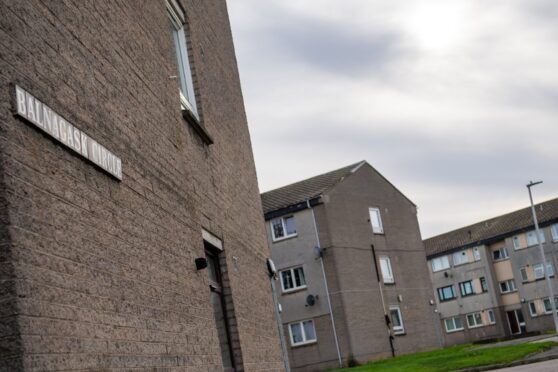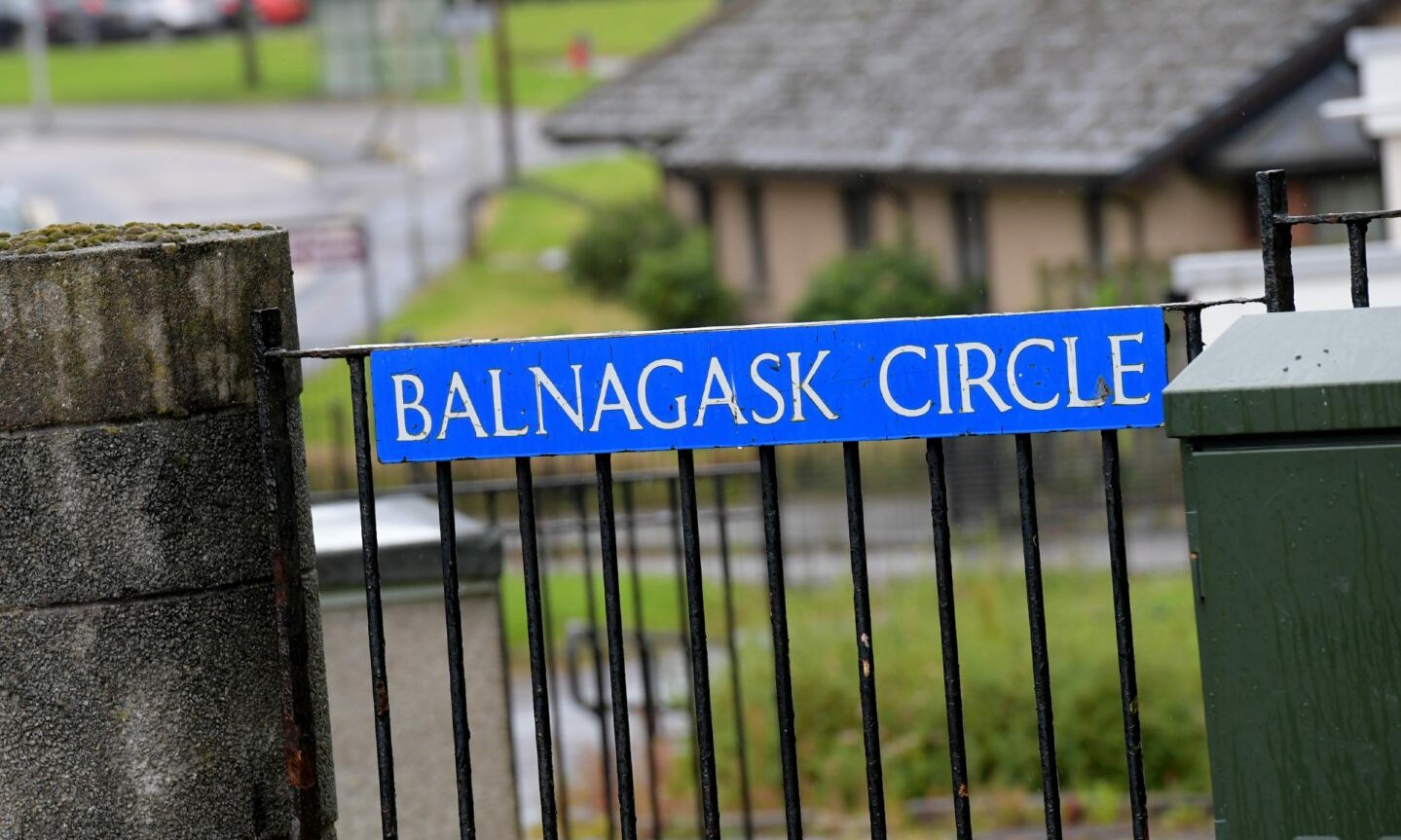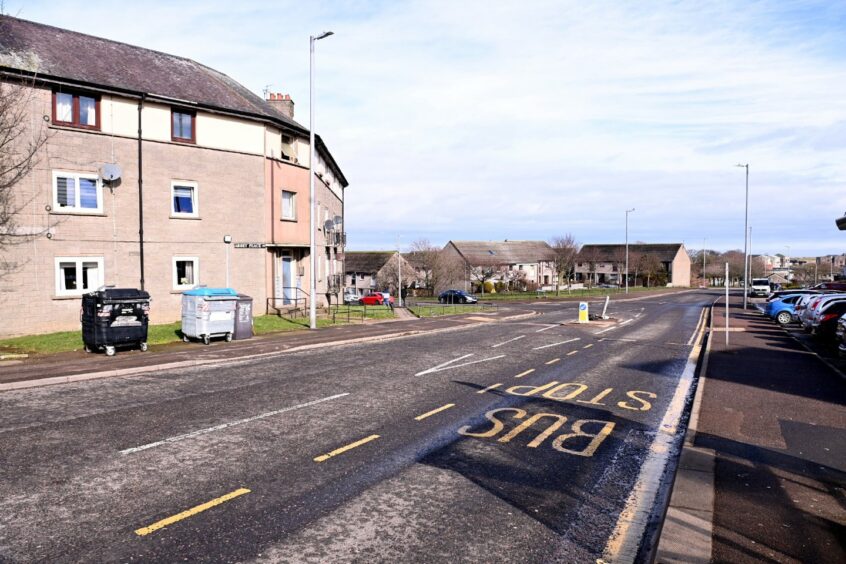Evidence of Raac has been found in 30 Balnagask buildings, with more buildings to be inspected.
Aberdeen City Council wrote letters to all residents and owners of properties “of a particular historic construction type” in the Aberdeen neighbourhood.
So far, specialist structural engineers have inspected about 30 properties in the area. The work is part of an effort to check all of Aberdeen City Council’s 23,000 housing stock.
Bubbly concrete in Balnagask
Reinforced autoclaved aerated concrete (Raac) was commonly used between the 1950s and 1990s as a lighter and cheaper alternative construction material. It mostly appears in flat roofs, but has also been used in pitched roofs, floors and walls.
It is aerated, or ‘bubbly’, and is therefore less durable than traditional concrete, according to a statement from an an Aberdeen City Council spokeswoman.
This means the material was found to crumble, putting many buildings at risk.
A spokeswoman said: “The Council will continue to do all we can to provide support and advice, and we will continue to be guided by advice as matters progress.
In the letter sent to council tenants, the city council said it will make arrangements for access to the buildings for the surveys. Property owners are advised to seek their own surveys.
How many more beyond the 30 Balnagask buildings contain Raac?
Previous estimates suggested up to 500 houses in the Balnagask area could be affected.
Aberdeen City Council previously said it does not expect that many of their housing stock had been built using the material.
The Press and Journal previously reported that more than 70 NHS buildings across the north and north-east were at risk due to the use of Raac.
The list extended to primary schools and academies, university buildings and even part of the Aberdeen Council headquarters.



Conversation